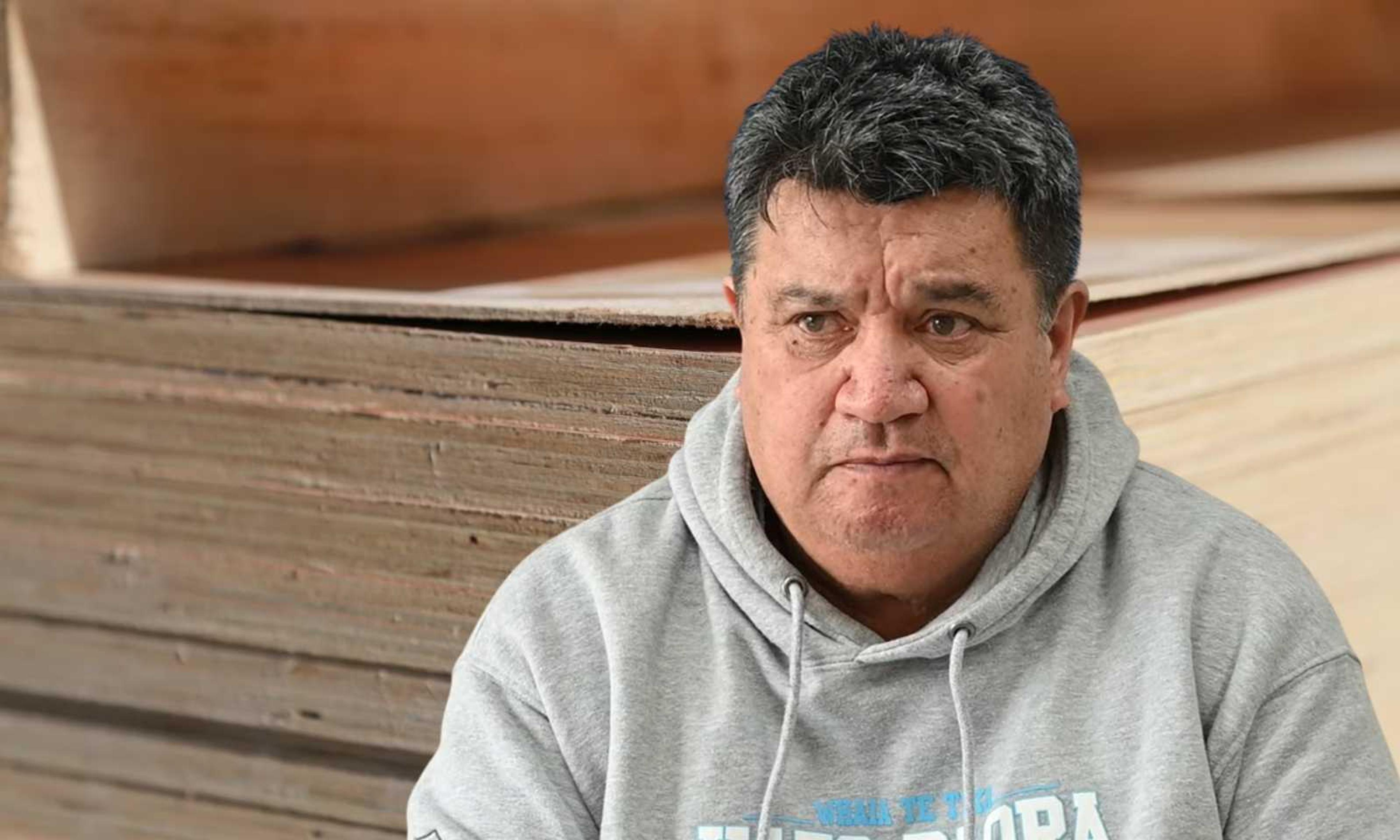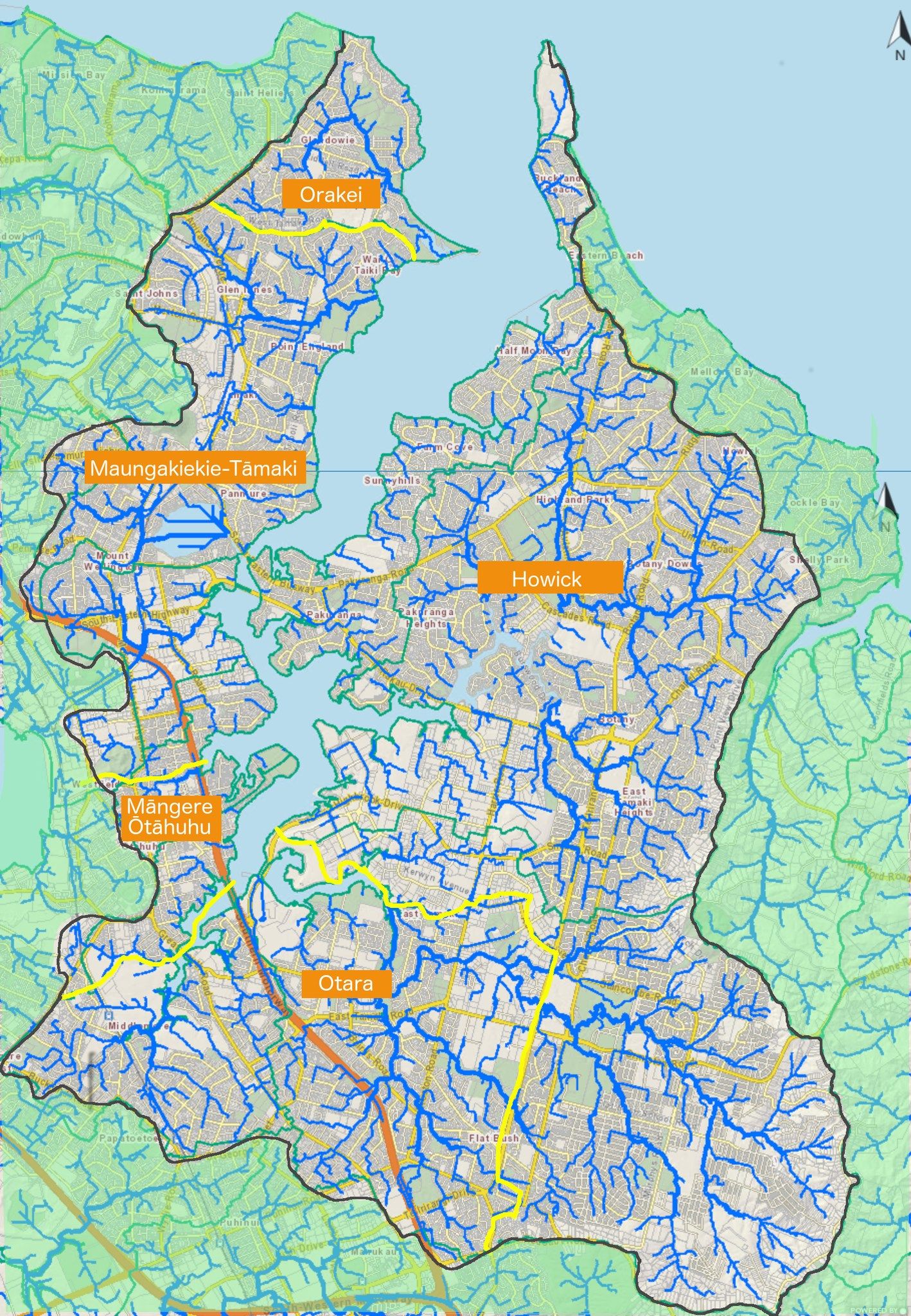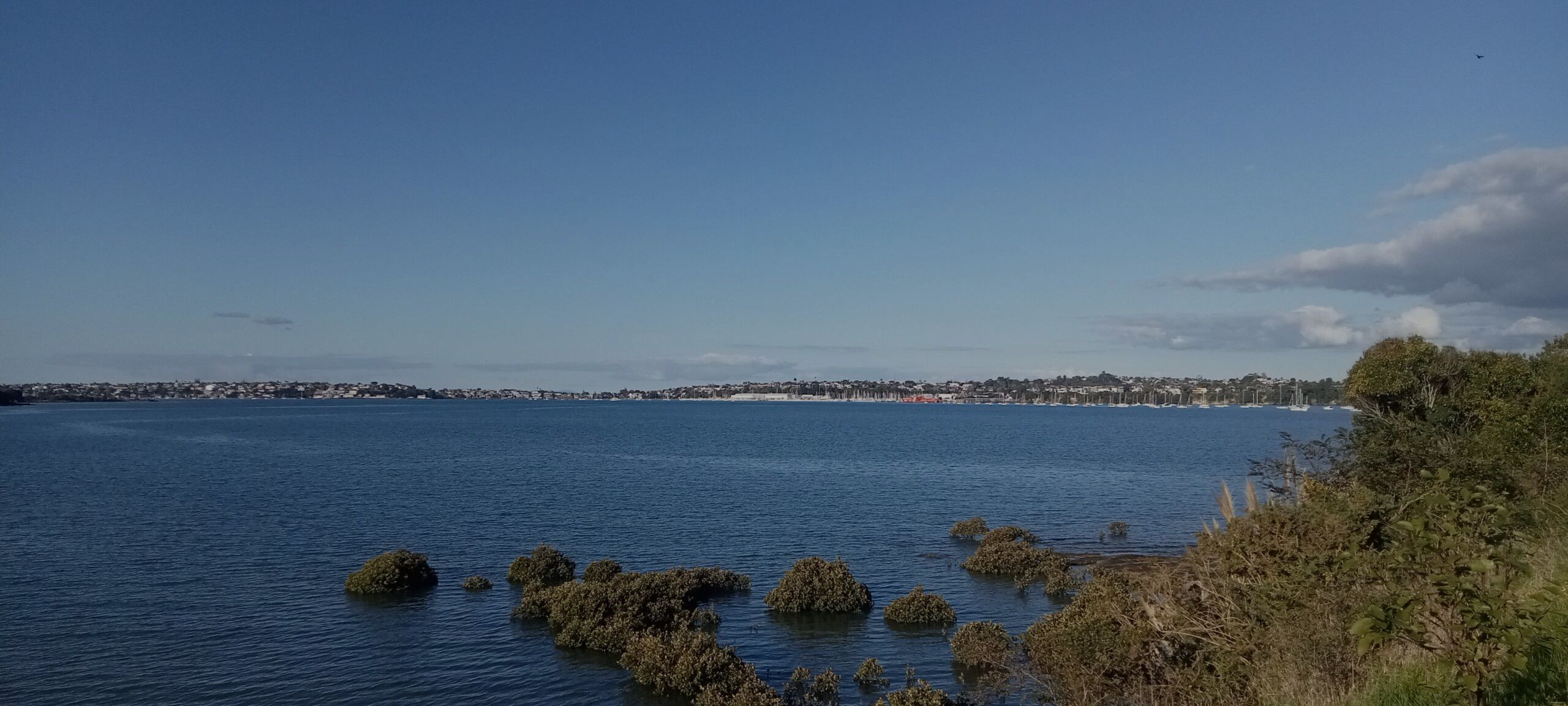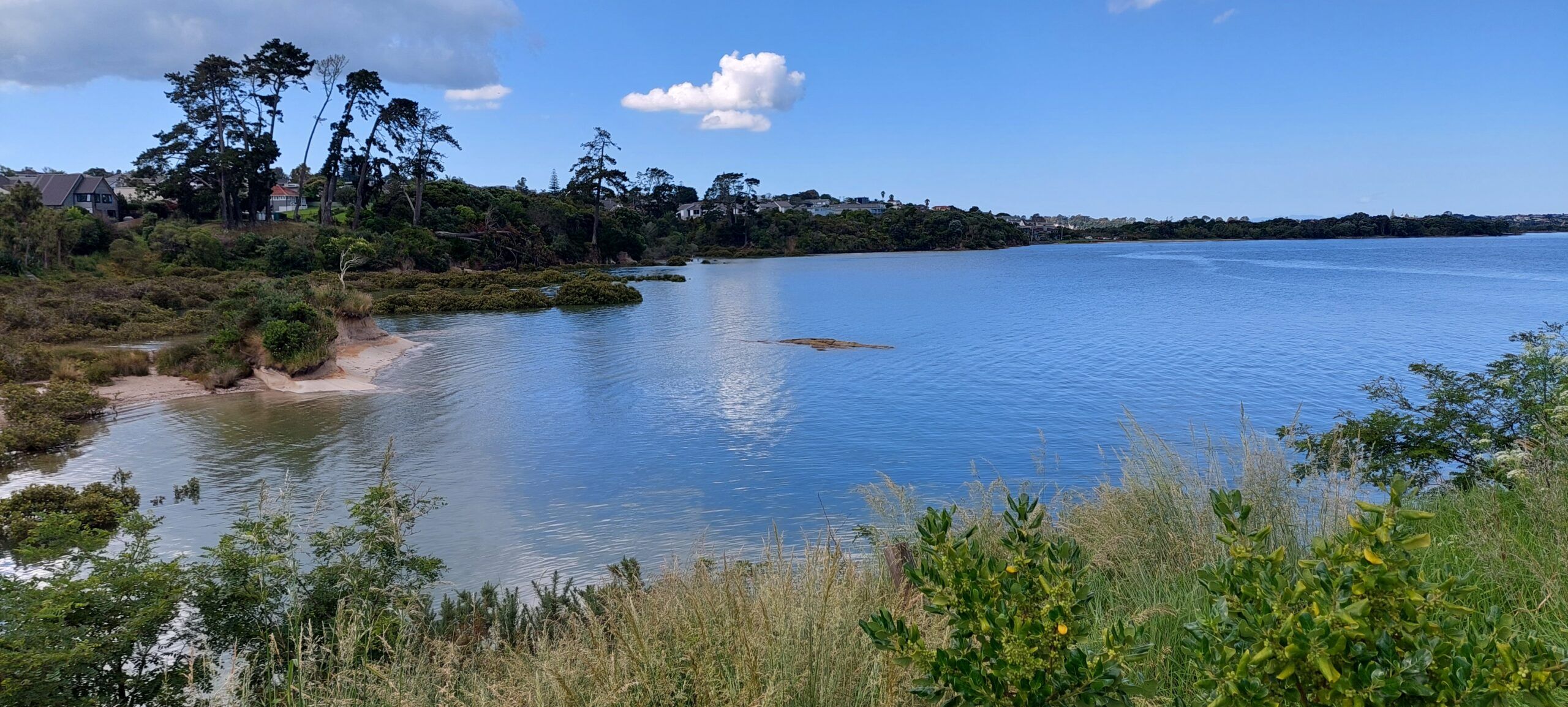

The health of these waterways is central to community wellbeing and future resilience.
Photo/ Tāmaki Estuary Protection Society (TEPS)
Sewage overflows put Tāmaki Estuary health risks under scrutiny
One of Auckland’s most vulnerable waterways faces mounting pressure from sewage overflows, pollution and biodiversity loss, sparking calls for urgent action.


Pacific families among Tokoroa community hit hard by mill closure


‘I feel normal’: Laauli steps into Sāmoa’s top job with humility and heavy expectations

New Zealand tightens international adoptions, Sāmoa most affected

Pacific families among Tokoroa community hit hard by mill closure


‘I feel normal’: Laauli steps into Sāmoa’s top job with humility and heavy expectations
The health of the Tāmaki Estuary is under scrutiny as environmental advocates raise concerns about sewage overflows, climate change and biodiversity loss in one of Auckland’s most vulnerable waterways.
In a recent address to the Māngere-Ōtāhuhu Local Board, Julie Chambers, co-chair of the Tāmaki Estuary Environmental Forum, highlighted three major threats to the estuary: climate change, biodiversity loss, and pollution.
Chambers says birds, plants, fish and sea life are currently being lost and under the Board’s watch.
“We can’t blame anyone else - this is our watch,” Chambers says.
Sewage spills under spotlight
Chambers says Watercare has legal consent to release untreated sewage into waterways during blockages or overflows.
“That’s because if there’s a blockage, you don’t want sewage going back up into people’s bathrooms and their toilets,” she adds. She cites council data showing 47 raw sewage overflow incidents into Omaru Creek in Point England within one year.
“The Ōtara Pump Station is going at 98 per cent capacity in dry weather.
“You add wet weather, and it’s spilling sewage everywhere.”

The Tamaki Estuary Catchment Boundaries & over land flow paths. Photo/Tamaki Estuary Environmental Forum Facebook
Chambers said residents want more direct accountability and to know how many times raw sewage has gone into a stream or into a stormwater culvert near their homes.
She urged practical measures such as visible phone numbers on pump stations so residents can quickly report faults, and faster response times when spills occur.
Watercare confirms 47 overflows
A Watercare spokesperson has confirmed there were 47 wastewater overflows into Ōmaru Creek from engineered overflow points between 1 July 2023 and 30 June 2024.
“The good news is we’ve invested more than $100m in the past few years to reduce overflows to the Tāmaki River that occur in wet weather,” the spokesperson says.
“This includes building two new pump stations, one at Dunkirk Road and the other at Maybury Reserve, and the one-kilometre-long Glen Innes Branch Sewer.

Julie Chambers, co-chair of the Tāmaki Estuary Environmental Forum. Photo/Tāmaki Estuary Environmental Forum Facebook
“This new infrastructure is expected to significantly reduce the number of overflows around Point England Reserve and Ōmaru Creek.
Current projections indicate the number of overflows which have occurred around Ōmaru Creek should be lower, Watercare said.
Ōtara Pump Station and future upgrades
In response to concerns about the Ōtara Pump Station operating near capacity, Watercare confirmed upgrade plans.
“We are planning an upgrade to the Ōtara Pump Station to increase its storage and pumping capacity."
The project is in the early investigation phase.

Local rivers and creeks carry the impact of sewage spills, threatening fish, birds and plant life. Photo/Tāmaki Estuary Protection Society (TEPS)
“We aim to complete the upgrade by 2036, with an estimated cost of $20m.
“In the meantime, we are limiting the number of new connections in Ōtara to protect the environment.”
Between 2028 and 2040, Watercare says it will invest more than $660m across six key infrastructure projects aimed at reducing overflows and improving environmental outcomes in South and East Auckland.
These include:
$36m network upgrade upstream of a future pump station at Hannah Road, Ōtara, to be completed by 2029.
A new $70m wastewater pump station at Hannah Road and underground storage at Billington Reserve by 2028.
Ōtara Pump Station upgrade by 2036 at a cost of $20m.
Replacement of the Ōtara branch sewer with a larger pipe by 2036, costing around $40m.
Extra capacity in the Eastern and Southern interceptors by 2040, with costs expected to exceed $500m.

Streams around South and East Auckland are under pressure from overflows, putting biodiversity at risk. Photo/ Tāmaki Estuary Protection Society (TEPS)
Accountability and reporting
Chambers also criticised the difficulty of reporting sewage spills.
She said she rang Watercare about odours from Wakaaranga Pump Station and being asked to provide GPS coordinates.
“The man on the phone said, ‘what’s the GPS coordinate?’.”
She says she thought he was kidding as it is Watercare’s asset.
Watercare says residents can access detailed public reporting through its Network Discharge Consent (NDC) annual reports.
“We are required to report annually on the performance of our wastewater network, including the number, type, and environmental impact of overflows,” the spokesperson says.
The spokesperson says depending on the receiving environment, different remediation measures may be used, such as stream flushing or solids removal, to help return the area to normal.
“In these cases, ammonia levels are monitored to verify recovery.
Chambers urges the Māngere-Ōtāhuhu Local Board to hold Watercare accountable for delivering fewer sewage overflows and more transparency.
Following Chambers presentation, acting chair Christine O’Brien and the board have passed a resolution recognising the estuary’s health as vital to the community’s future.
-LDR is local body journalism co-funded by RNZ and NZ On Air.
